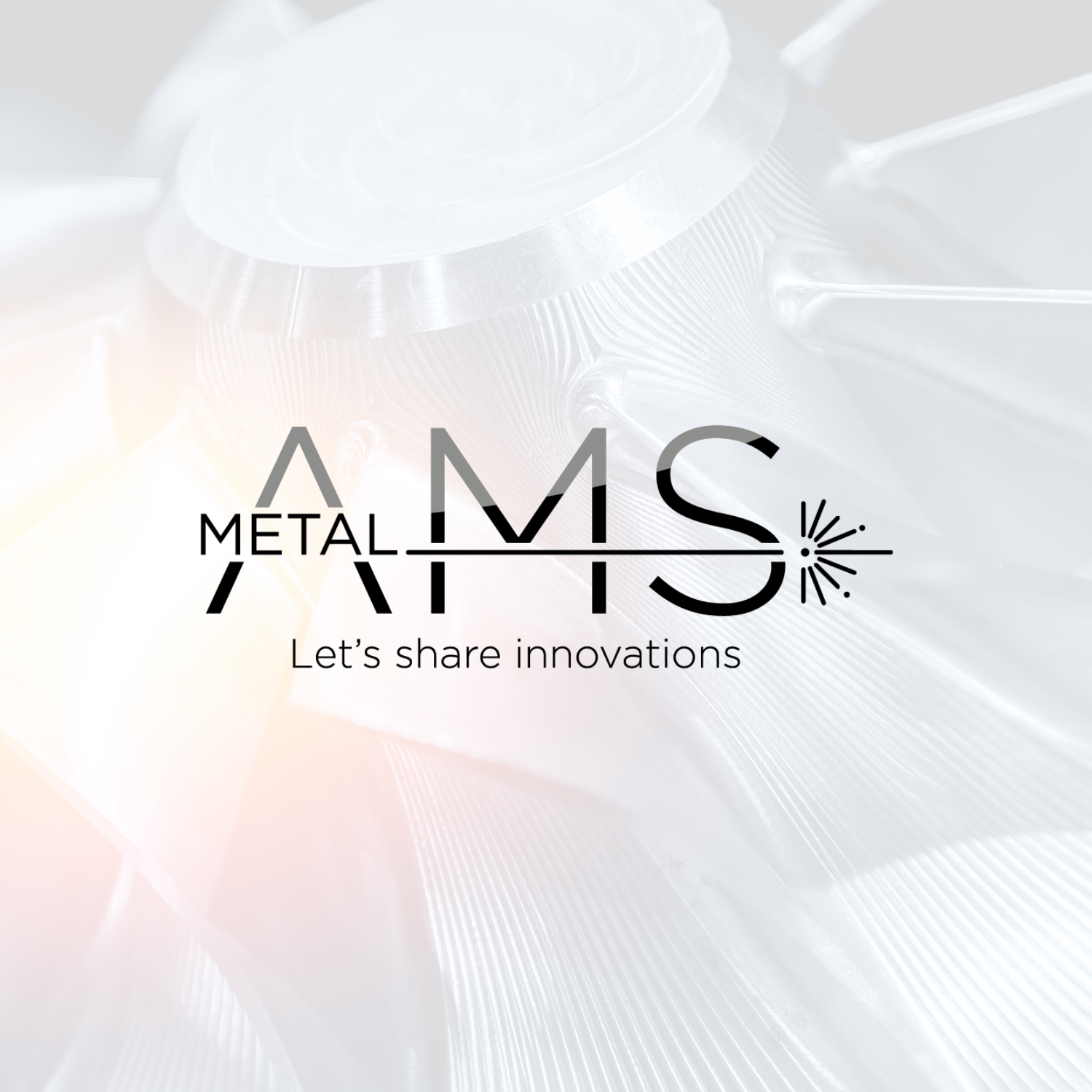50 - Predicting powder spreadability for metal AM.
Abstract
Metallic powders are widely used in Additive Manufacturing (AM) processes, with for example Selective Laser Melting (SLM) and Selective Laser Sintering (SLS). During such operations, successive thin layers of powder are created with a ruler or with a rotating cylinder and then partially melted with an energy beam. The layer thickness defines the vertical resolution, a thin layer leads to a better resolution. In order to obtain a thin layer, the powder is as fine as possible. Unfortunately, when the grain size decreases, the cohesiveness increases and the spreadability decreases. Consequently, the spreadability must be good enough to obtain homogenous successive layers. The quality of the build parts is thus directly related to the powder flowing properties. In a previous study, the spreadability of metal powders has been shown to be strongly linked to their rheological properties measured in a rotating drum (Granudrum, Granutools)[1]. This first investigation highlighted the importance of powder rheology on spreadability, especially when varying the recoater translational speed. In the present work, a more extensive experimental study has been carried on to complement the previous results, with in situ evaluation of the spreadability in the printer (SLM280, SLM Solutions). The study covers a broad range of materials commonly used in SLM (Ti alloys, Al alloys, SS316, FeCo alloys), including different size distributions. To evaluate the spreadability, several powder layers are deposited with the recoater, and pictures of the powder bed are taken after each recoater pass. An image analysis processing is then applied to extract the interface fluctuation, a measure of the homogeneity of the layer associated to the spreadability of the powder. The spreadability is then correlated with the cohesiveness and the rheology of the powders evaluated with a rotating drum method (GranuDrum, Granutools, Belgium). Especially, we demonstrate that the Cohesive Index metric, based on the powder/air interface fluctuations, is a good indicator for predicting the spreadability of the powder in the printer. Therefore, the powder ability to spread can be estimated beforehand without requiring to produce large batch to fill the machine. This provides a cost-effective way to select the optimal powder and recoating configurations that leads to better layer quality.
Speaker

Aurelien Neveu
Discover speaker profileConference
50 - Predicting powder spreadability for metal AM.
Date/Time
21/03/2024
11:25 am -11:45 am
Location
Room 7

